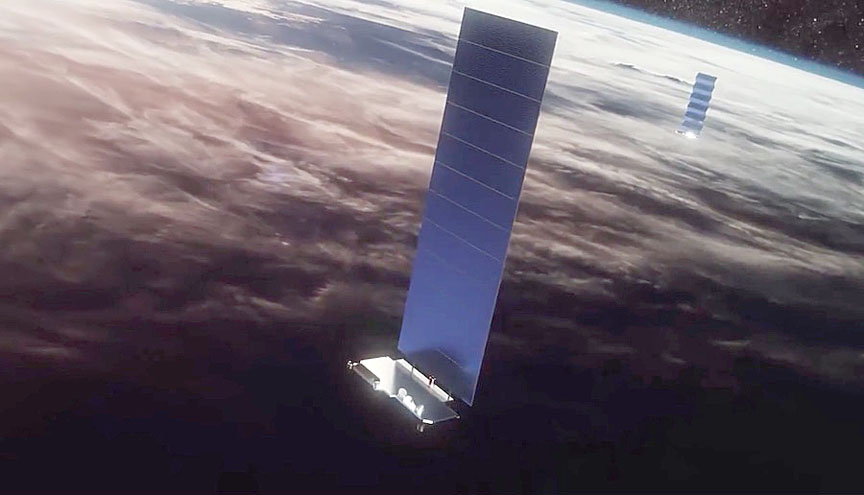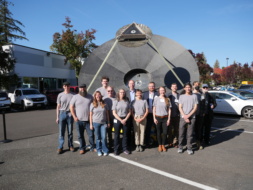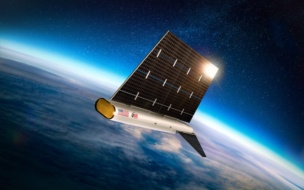It turns out an old dog can learn new tricks. After over 300 flights and 13 years in service, Falcon 9 continues to improve as SpaceX tweaks the design for higher performance.
SpaceX hit a new record on Sunday, flying 24 Starlink v.2 minis aboard a Falcon 9 rocket, surpassing its previous high water mark of 23 satellites. “This mission is carrying one additional Starlink satellite from previous east coast missions thanks in part to performance increases on Falcon 9,” SpaceX wrote on X.
The company did not detail how it was able to squeeze more performance out of Falcon 9. The Starlink v.2 mini debuted at the start of last year, boasting around 4x more capacity than its predecessors. The company has previously been launching 21-23 Starlink satellites per flight.
- Elon Musk confirmed the vehicle enhancement, writing, “Due to continued design improvements, this Falcon 9 carried its highest ever payload of 17.5 tons of useful load to a useful orbit.”
- This booster used on the record-setting flight has flown 12 times previously.
In addition to improvements in rocket capabilities, other factors like satellite weight reductions may have contributed to the ability to add an extra Starlink bird on board. With 24 v2 mini Starlinks tipping the scales at 17.5 metric tons, the implied average weight per satellite comes in around 730 kg, seemingly less than the 800 kg SpaceX had previously outlined in a 2022 FCC filing.
28 Starlinks incoming?: SpaceX is not done yet. “The goal of the Falcon and Starlink teams is to get to 28 by end of year,” Starlink VP of engineering, Michael Nicolls, wrote on X.
Starlink growth: The increased launch capacity for Starlink-dedicated Falcon 9 missions will allow SpaceX to build out its satellite internet constellation faster, and more cost-efficiently. In 2023, SpaceX launched 63 Starlink-dedicated Falcon 9 missions, compared to 28 customer F9 flights. When Starship is operational, SpaceX plans to launch larger and higher capacity Starlink birds.




